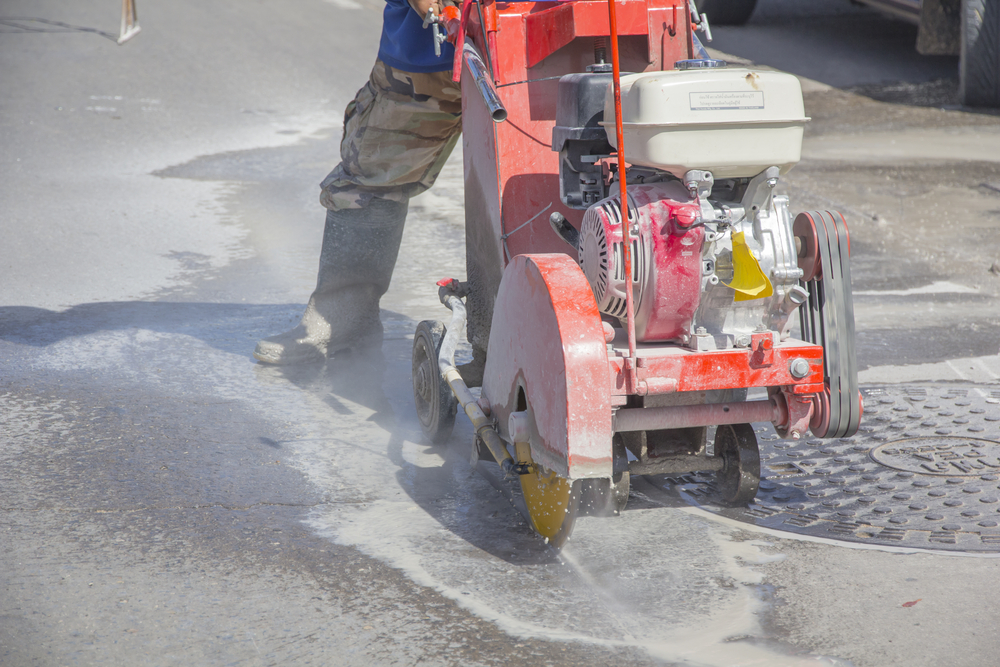There are a variety of saws available for purchase, and it can be quite confusing when you want to select a saw for your home project. Using the wrong tool for saw cutting can lead to unsatisfactory results. Hence, one must choose the right saw for achieving best results. The manual and the automatic saws are the right ones that can be used for cutting diamond and all kinds of abrasive materials. You should choose the commercial saws accordingly.
How to choose the right Saw
Simply put, saws come in two primary forms. A hand saw uses manual exertion while a power saw uses human guidance to make incisions automatically.
Types of hand Saws and their uses
Back Saw- The saw (also known as Miter saw) has narrow blades and gets its name from the reinforcement along its upper edge. The saw is apt for saw cutting, which demands straight and clean cuts.
Japanese Handsaw- The folding Japanese handsaw is also known as the “Fugaku.” It is an excellent tool and is very useful for undercutting door jambs to accept new flooring. The saw can be run flat and make precise cuts quite easily. The softer aggregate blades are not the right ones to cut the saws. On the contrary, the blades with longitudinal joint construction can be the best method to use the saw in multiple ways for commercial purpose.
Coping saw- The shape of a coping saw resembles the letter “P” and is suitable for irregular or circular saw cutting across the wood. The irregularity of the cut occurs because of the thin blade which does not get wedged into the wood the way a thicker blade would. It is best suited for shaping woodwork which must be aligned to corners of a specific room. Note: The coping blade does not cut more than 6 inches from the edge of the wood.
Table saw- A table saw can cut planks along their length and is a frame-to-finish tool. Portable job-site saws can open wide enough to cut out 24” wide pieces of plywood, but it can be quite dangerous and inaccurate. Table saws are best for tuning board to the right width and thickness. They come handy in projects such as flooring and pine paneling.
Types of power Saws and their uses
Jigsaw- The saw has very fine blades that can be set to move at multiple speeds. It is often used to make curves and other round shapes. A cordless jigsaw is a more suitable option to go in for since it will prevent accidentally cutting the wire while making irregular cuts.
Reciprocating saw- The saw has a unique cutting action with back and forth movement. It makes the saw highly suitable for cutting wood, plastic, or tubing.
Rotary saw- The saw is well suited for those people who are looking for a small tool with a single fixed blade. Most DIY carpenters use the rotary saw for construction or basic crafts.
Scroll saw- If you have a job that demands spiral saw cutting, then a scroll saw suits just fine. It is also a handy tool for making curves with edges in wood. The steel or the aluminum saw can be the best ways for wall access, paneling and for drywall repairing work.
Finally, you can buy the miter saw. This type of saw is quite similar to a stationary circular saw and is held by a metal arm.
There is no “One size fits all” formula when it comes to choosing the right tool for saw cutting. The information presented above will help you choose the right saw for the specific woodwork project at hand. So, choose wisely!

